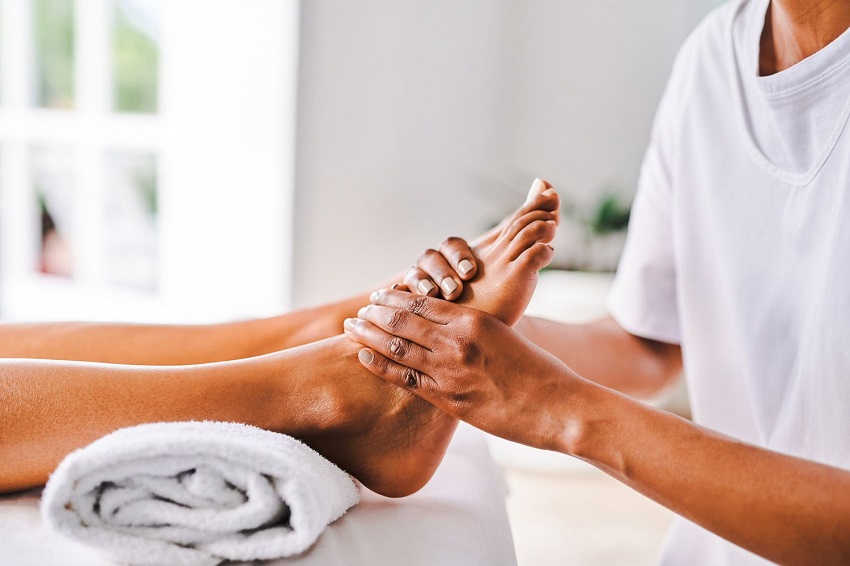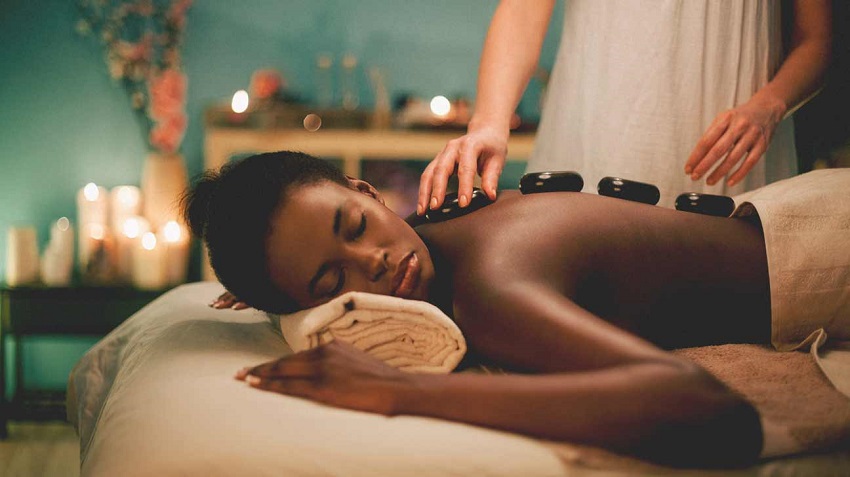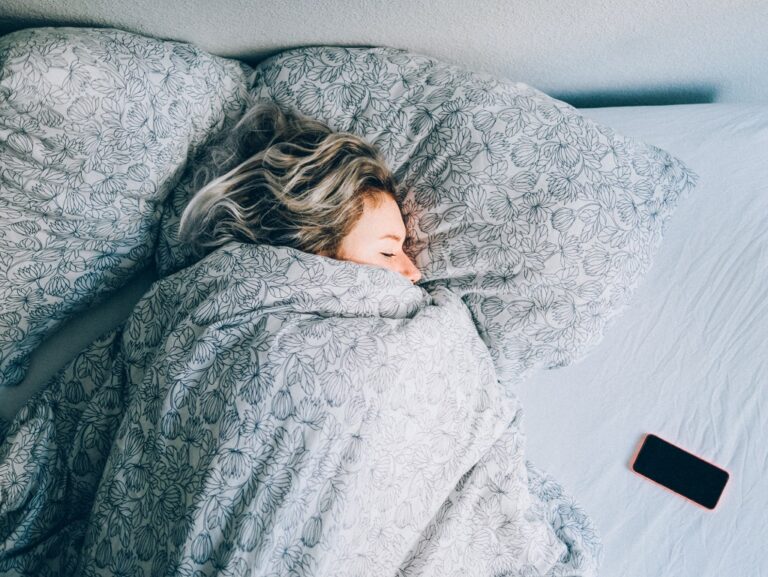Are you feeling stressed, tense, or in need of some relaxation? Massage therapy might be just what you need. With its ability to alleviate muscle tension, reduce stress, and promote overall well-being, massage has become increasingly popular. But did you know that there are different types of massage techniques? In this article, we’ll explore ten different types of massage and their unique benefits. So, sit back, relax, and let’s dive into the world of massage therapy! This content is created by https://bizargirls.com/
1. Swedish Massage
Swedish massage is one of the most popular types of massage worldwide. It involves long, gliding strokes, kneading, and circular movements to promote relaxation, improve blood circulation, and relieve muscle tension. This gentle and soothing massage technique is perfect for those looking for overall relaxation and stress relief.
2. Deep Tissue Massage
If you’re looking for relief from chronic muscle tension or knots, deep tissue massage is one of the most popular types of massages that could work for you. This technique focuses on the deeper layers of muscles and connective tissue to release tension and alleviate chronic pain. Deep tissue massage uses slow, deliberate strokes and deep finger pressure to target specific areas of discomfort.
3. Sports Massage
Athletes and active individuals often turn to sports massage to enhance performance, prevent injuries, and aid in muscle recovery. This type of massage incorporates stretching, compression, and deep strokes to alleviate muscle soreness and improve flexibility. Sports massage can be tailored to specific sports activities and is commonly used by professional athletes.
4. Hot Stone Massage
Hot stone massage combines the benefits of massage therapy with the soothing warmth of heated stones. Smooth, heated stones are placed on specific points of the body to promote relaxation and loosen tight muscles. The therapist also uses the stones to massage the body, providing a deeply relaxing and therapeutic experience.
5. Shiatsu Massage
Originating from Japan, Shiatsu massage involves applying pressure to specific points on the body using fingers, thumbs, and palms. This technique aims to restore the body’s energy flow and balance. Shiatsu massage can help relieve tension, reduce stress, and improve overall well-being.
6. Thai Massage
Thai massage is a unique form of massage that combines acupressure, yoga-like stretching, and deep compressions. The therapist uses their hands, knees, legs, and feet to manipulate the body into various positions. Thai massage improves flexibility, relieves muscle tension, and promotes energy flow throughout the body.
7. Reflexology
Reflexology is a type of massage that focuses on the feet, hands, and ears. It is based on the belief that specific points on these areas correspond to different organs and systems in the body. By applying pressure to these points, reflexology aims to promote relaxation, improve circulation, and restore balance.
8. Aromatherapy Massage
Aromatherapy massage combines the benefits of massage therapy with the use of essential oils. These oils are derived from plants and have various therapeutic properties. The massage therapist incorporates the scents of essential oils into the massage to enhance relaxation, reduce stress, and uplift the mood.
9. Prenatal Massage
Prenatal massage is designed specifically for expectant mothers to address the unique discomforts and changes that occur during pregnancy. This type of massage helps reduce back pain, swelling, and joint stiffness. Prenatal massage is generally gentle and focuses on providing relief and relaxation for the mother-to-be.
10. Chair Massage
Chair massage is a convenient and quick way to experience the benefits of massage. It is typically performed in a specially designed chair, and the client remains fully clothed. Chair massage focuses on the back, neck, shoulders, and arms and is often used in workplaces or events to provide stress relief and relaxation.
In conclusion, massage therapy offers a wide range of techniques to cater to different needs and preferences. From the gentle and soothing Swedish massage to the targeted and deep pressure of deep tissue massage, there is a massage style for everyone. Whether you’re seeking relaxation, pain relief, or sports performance enhancement, a skilled massage therapist can help you find the right type of massage to meet your needs.
FAQs
- How long does a typical massage session last?
The duration of a massage session can vary depending on the type of massage and individual preferences. Typically, a massage session lasts for 60 to 90 minutes, but shorter or longer sessions are also available.
- Is it normal to feel soreness after a deep tissue massage?
Yes, it is common to experience some soreness after a deep tissue massage. This soreness is a normal response as the muscles release tension and toxins. Drinking plenty of water and applying a warm compress can help alleviate any discomfort.
- Can anyone receive a massage, or are there any contraindications?
While massage is generally safe for most people, there are some contraindications. People with certain medical conditions such as blood clots, fractures, or infections may need to avoid or modify specific massage techniques. It’s always best to consult with a qualified massage therapist or healthcare provider before receiving a massage.
- How often should I get a massage?
The frequency of massages depends on individual needs and goals. Some people benefit from regular weekly or monthly sessions, while others may find that a massage every few months is sufficient. Discussing your specific needs with a massage therapist can help determine the ideal frequency for you.
- Can massage therapy help with anxiety and stress?
Yes, massage therapy can be an effective complementary approach to reduce anxiety and stress. The soothing touch, relaxation, and release of endorphins during a massage can promote a sense of calm and well-being. However, it’s important to note that massage therapy should not replace professional treatment for anxiety or stress-related disorders.





